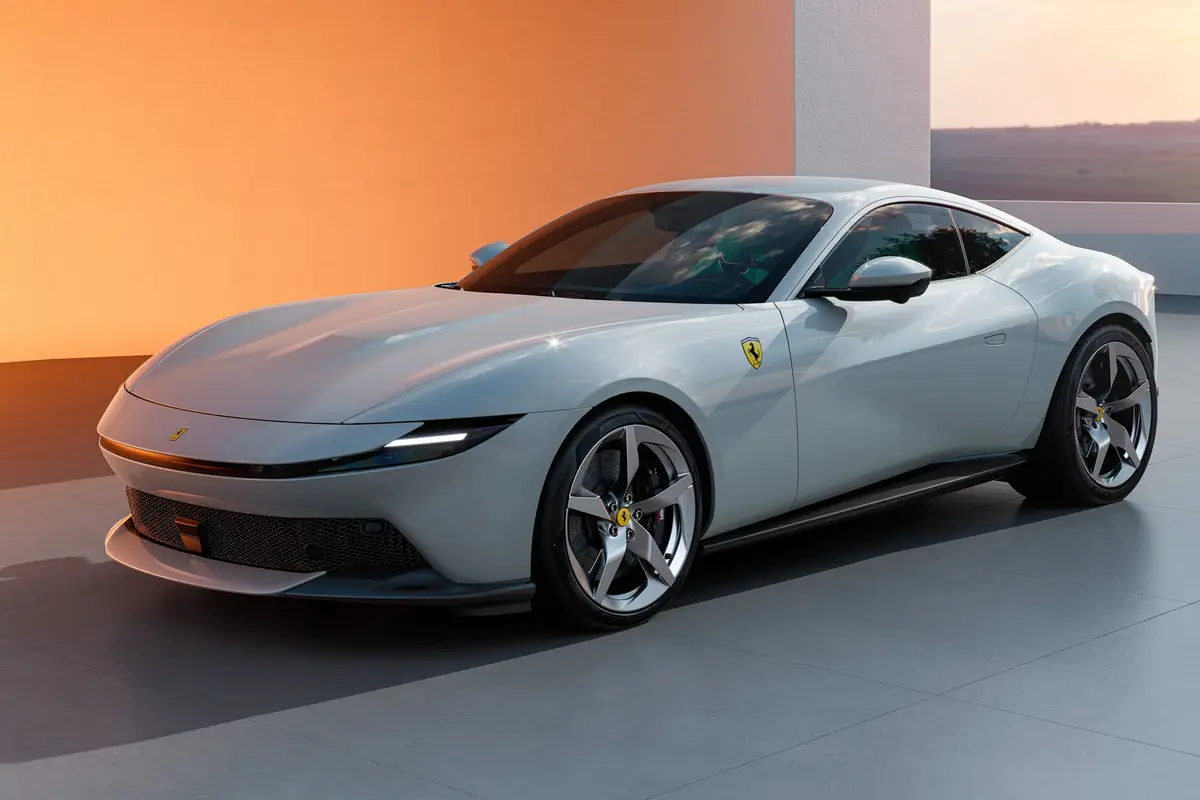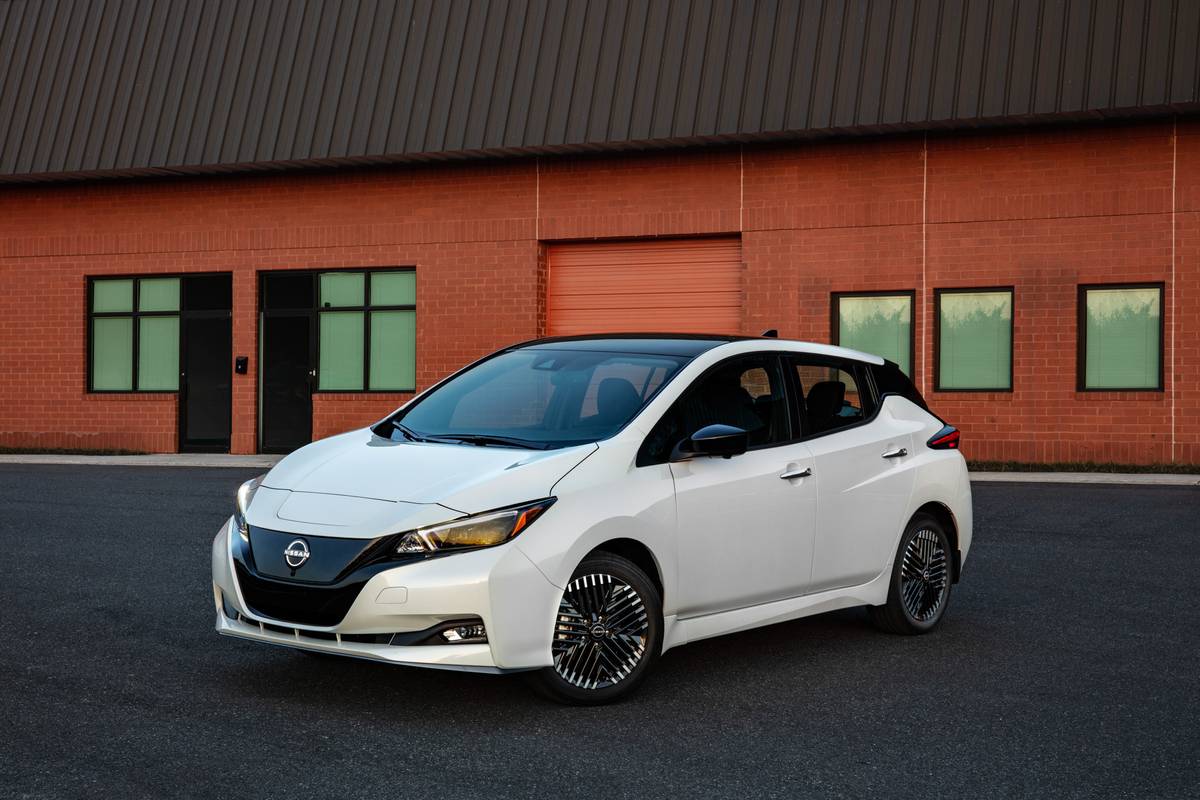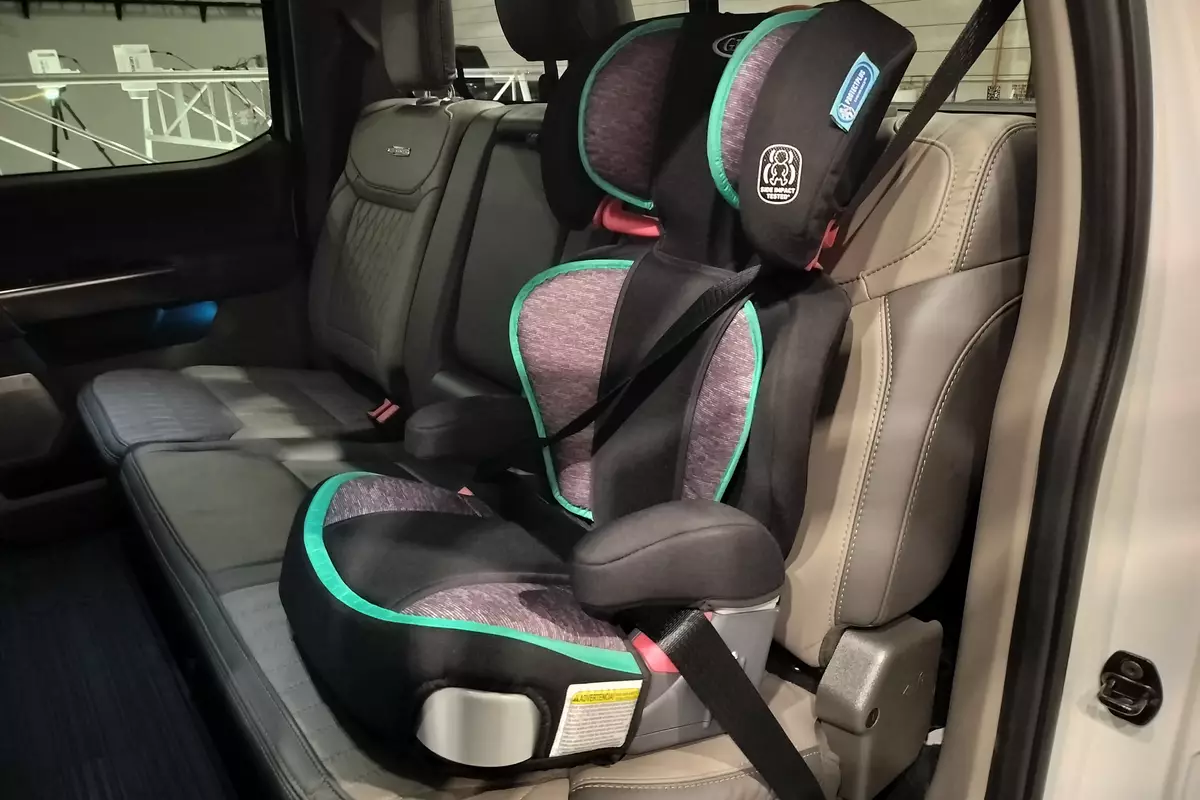AZCentral.com's view
The little Pontiac Sunfire, a sporty compact for the budget-minded, presents me with one of those good-news/bad-news dilemmas.
So let’s start off with the good news. Mainly, it’s the all new Ecotec engine, a twin-cam four-banger that arrived for midyear 2002. Strong, quiet and sophisticated, the lightweight aluminum mill propels the Sunfire with authority, accelerating nicely and cruising comfortably on the freeway.
At just 305 pounds, the 2.4-liter Ecotec is one of the lightest and most compact engines in its displacement class. It puts out a solid 140 horsepower, which is plenty of pull for a car that weighs just a whisker more than 2,600 pounds. Plus, gas mileage is right up there.
The optional four-speed automatic on the test coupe (five-speed manual is standard) shifted with alacrity and seemed well-matched to the lively engine. All around, a good package of go.
Standard engine on the SE models is a wheezy, 115-horse four and a 150-horse engine that’s standard in the GT coupe, though it lacks the smooth-running qualities of the Ecotec.
Another plus: The driver and front-seat passenger will find Sunfire commodious, even for big people. The rear seat in the coupe is fairly roomy, though a bit strenuous to get into. The seats are firm and supportive.
But now, let’s get down to the nitty gritty. The bad news: Sunfire (and corporate sibling Chevrolet Cavalier) is an old car that’s showing its age and needs replacement.
Handling is dull and rubbery, and the steering is numb. The drivability is boring to the core, feeling too much like Aunt Minnie’s runabout and not enough like a sporty Pontiac.
Stylistically, Sunfire offers those who favor the swoopy lines of Pontiac a low-priced alternative to Grand Am or Grand Prix. The look is a matter of taste, however. Some find it racy and attractive, while others see it as heavy-handed and synthetic.
The interior needs some serious attention. It’s lumpy and weird, with a dashboard that has too many conflicting shapes and contours. Adding insult to the careless-looking cabin, part of the metal superstructure showed above the glove-box door, an obvious flaw.
Even the side-door pockets are messed up. They’re too far back for front-seat occupants and mostly blocked for access from the rear seat. In other words, worthless.
On the test car, the rear-deck spoiler looked silly, and the tacky chrome wheel covers were singularly unattractive. The upgraded, six-speaker stereo was uninspiring. Too bad, because Sunfire is aimed at young drivers who most care about such things as cool spoilers, sharp-looking wheels and awesome sound systems.
Compared with such popular compacts as Honda Civic, VW Jetta and Ford Focus, the Sunfire looks shabby indeed.
Fortunately, GM plans to revamp its little cars for 2004.
The test Sunfire started out at a reasonable $14,540, well-equipped with safety and convenience features.
Antilock brakes are standard this year, but in a backward move, GM is making them optional in the future on its lower-end cars and trucks. It should come standard on all vehicles, just like seat belts and air bags.
Optional on the test car was a “sun and sound package,” $1,695, which included power sunroof, automatic transmission with traction control, performance tires and upgraded stereo; power windows and mirrors, $380; remote locking, power door locks and alarm system, $370; and a package of cruise control, intermittent wipers, trunk net and reading lamps, $340.
All told, a good-running car at a moderate price, though held back by dated styling and engineering, aside from the engine performance.
Latest news



